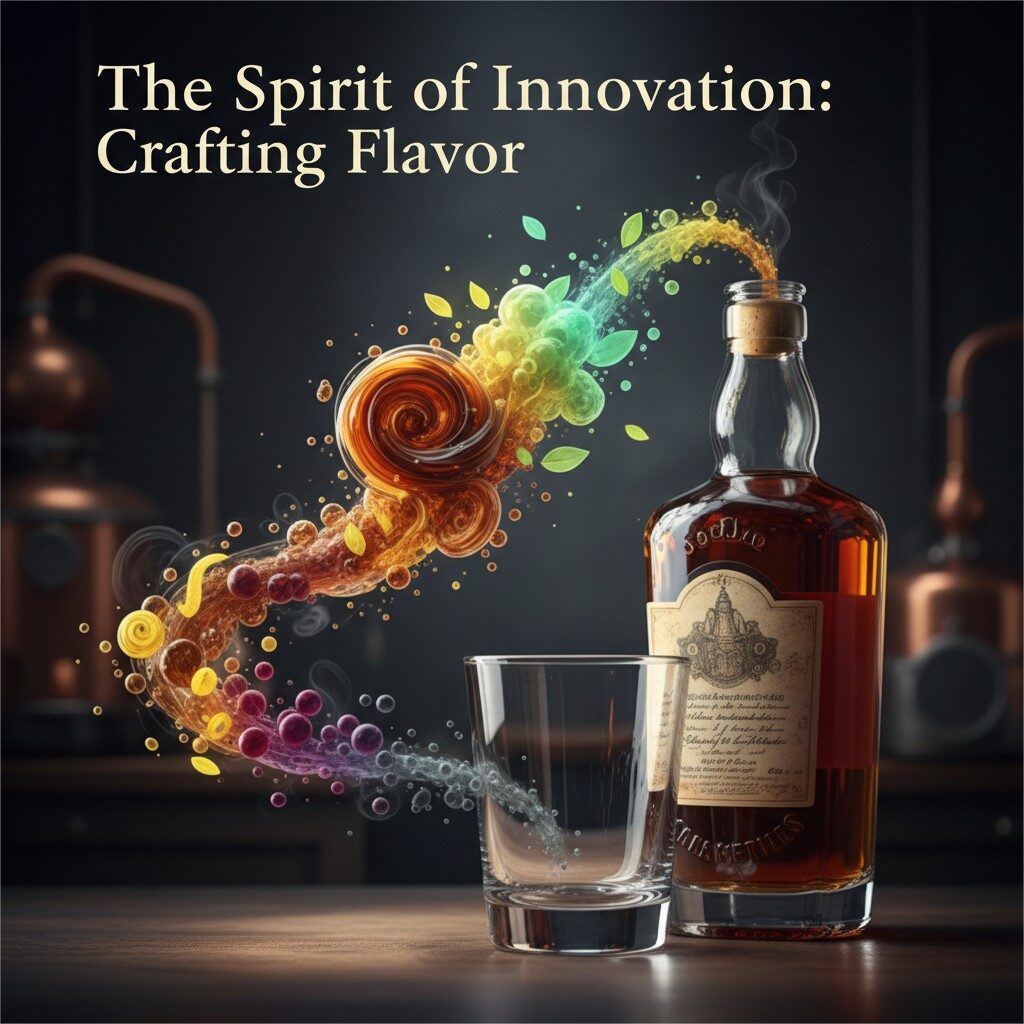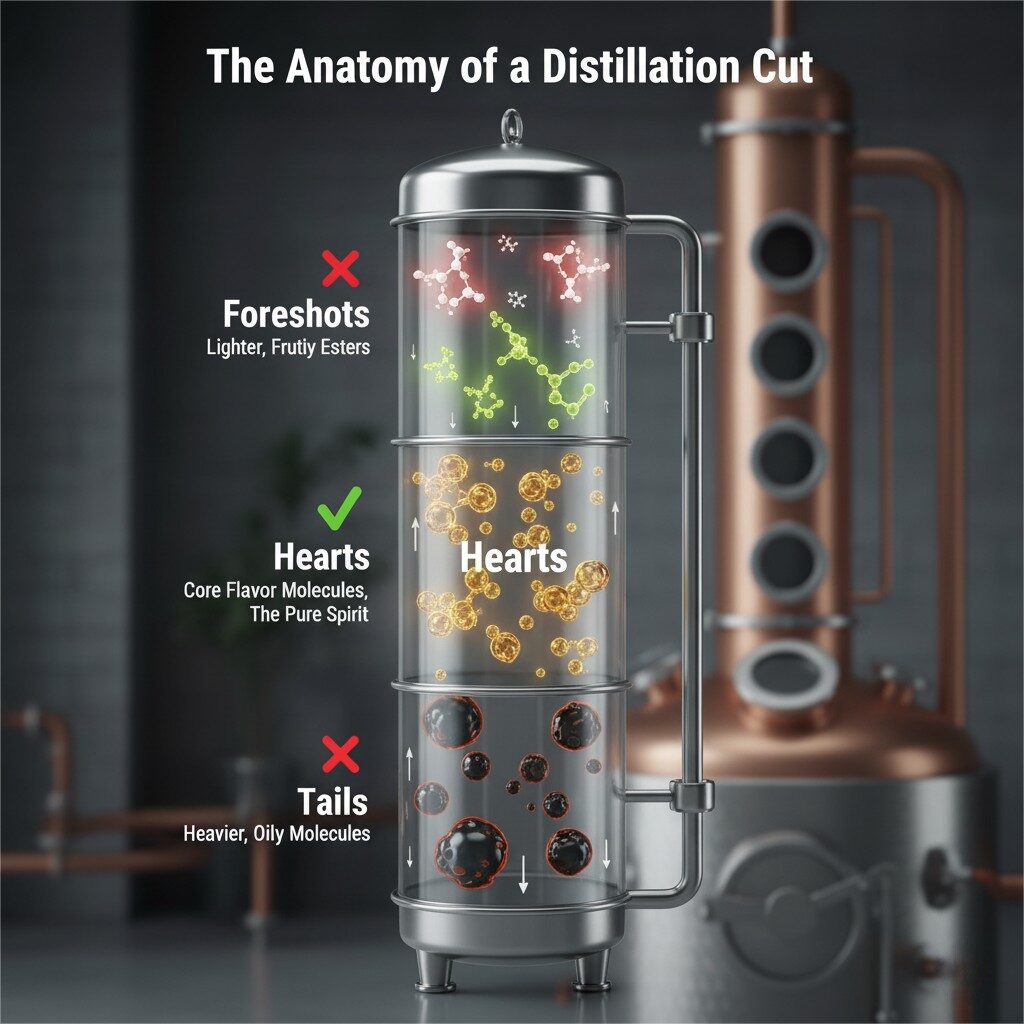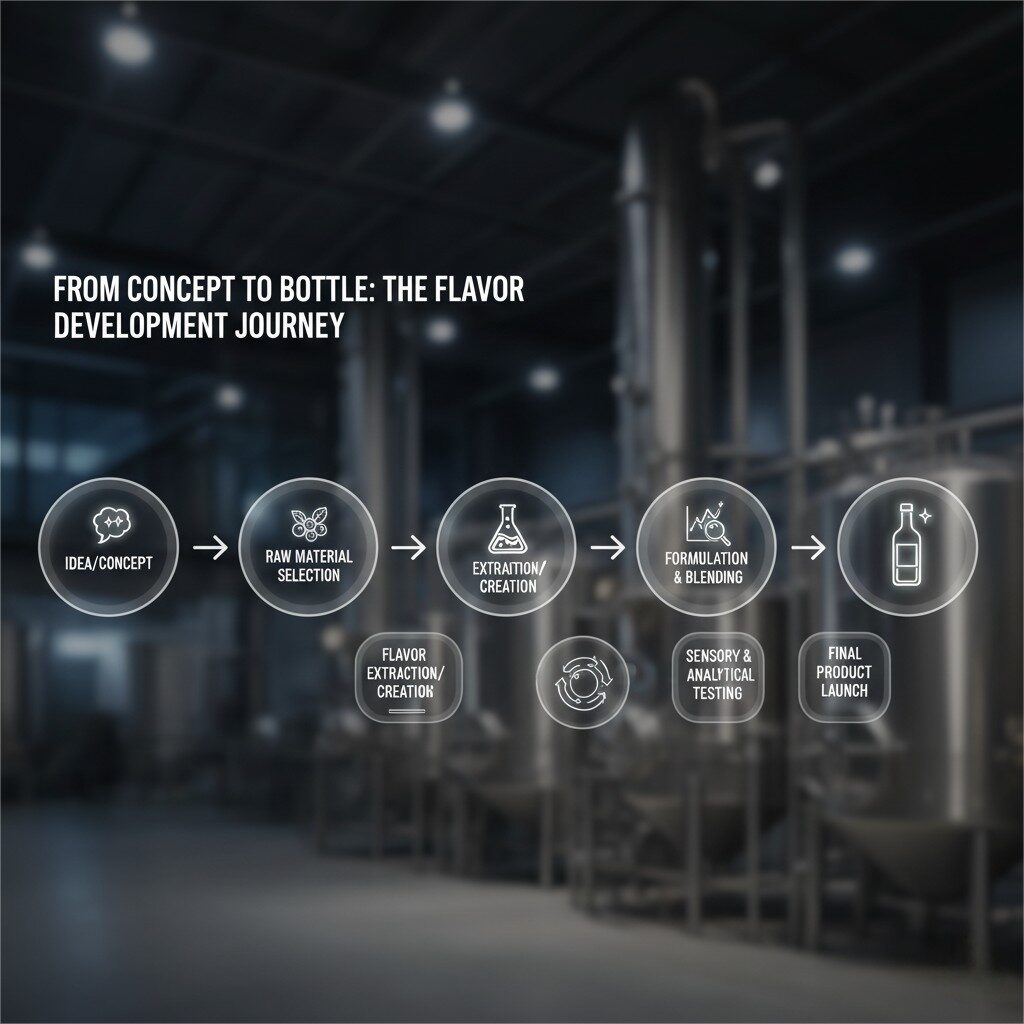The Fusion of Art and Science in Modern Distillation

The Spirit of Innovation
The world of spirits and alcoholic beverages is in the midst of a profound transformation. For centuries, the industry has been defined by tradition, with an emphasis on core product categories and time-honored production methods. While the classic whiskey, gin, vodka, and rum will always have a place, the modern consumer is seeking something more: innovation, individuality, and a memorable flavor experience. The rise of craft distilleries, the explosion of new liqueurs, and the rapid growth of the “no- and low-alcohol” category all point to a singular truth—the era of flavor as an afterthought is over.
Today, a spirit is a complex creation where the art of distillation meets the rigorous science of flavor. It is a world where flavor is not just an additive but a central pillar of product development, a key driver of consumer choice, and the ultimate expression of a brand’s identity. This extensive technical guide delves into the sophisticated science behind crafting unique and memorable flavor profiles for spirits and alcoholic beverages. We will explore the journey from raw material to final product, revealing how flavorists, distillers, and marketers collaborate to create beverages that not only taste exceptional but also tell a compelling story.
To understand the strategic role of flavor in spirits, one must first grasp the foundational sources of taste and aroma. Flavor is not simply added at the end of the process; it is built, layer by layer, from the very beginning.
Every spirit begins with a base material that contributes the initial fermentable sugars and a host of crucial flavor precursors.
Fermentation is the magical process where yeast consumes sugars and produces ethanol. But it is also where a wide range of congeners—flavor-active compounds—are born.
Distillation is a process of purification and concentration. As the fermented liquid (the “wash” or “mash”) is heated, compounds evaporate at different temperatures. A skilled distiller uses this process to make precise “cuts,” isolating the desirable flavors from the undesirable ones.
This delicate process of cutting is a key point of expertise, determining the final spirit’s smoothness and flavor character.
For spirits like whiskey, rum, and brandy, aging is where a product’s flavor truly matures. The interaction between the spirit and the wood of the barrel is a slow, complex chemical process that transforms the spirit’s profile.

Distillation Column Anatomy
While a master distiller can create a magnificent base spirit, a modern flavorist takes it to the next level. They possess a strategic toolkit to enhance, modulate, and build upon a spirit’s inherent flavor, creating new expressions and ensuring a consistent consumer experience.
For flavored spirits, liqueurs, and even to add consistent notes to aged spirits, the use of targeted flavoring agents is a critical science.
A great spirit is all about balance. The flavorist’s job is to ensure the spirit’s profile is harmonious, smooth, and memorable.
A chef’s recipe is a masterpiece of small-batch art. A spirit brand’s flavor profile must be a masterpiece of repeatable, high-volume engineering.

Flavor Development Journey
The flavor strategy is unique to each spirit category, reflecting its history, production methods, and consumer base.
Vodka is a neutral spirit, a blank canvas for flavor. This presents a unique challenge: the flavor must be clean and convincing without any underlying base notes to hide behind. Flavorists rely on high-purity essences and natural flavors to create authentic fruit, spice, or botanical profiles.
Gin, by contrast, is a flavored spirit by definition. Its flavor is built on a complex, botanical-driven system. A modern gin distiller and flavorist meticulously map out the “flavor fingerprint” of dozens of botanicals (e.g., juniper, coriander, citrus peel) to create a harmonious and unique recipe that is both consistent and distinctly theirs.
For aged spirits, the flavorist’s role is to enhance and standardize. A master distiller might age a spirit for years, but a flavorist can add a consistent note of smoke, a hint of cherry, or a touch of toasted oak to ensure every bottle of a brand’s blended whiskey tastes exactly the same. They also play a critical role in creating flavored whiskies, where notes of honey or cinnamon must be seamlessly integrated into the base spirit’s profile.
Rum’s flavor comes directly from its fermentation and aging. Flavorists build on this foundation. For a classic spiced rum, the flavorist will select a blend of natural spice extracts (e.g., cinnamon, nutmeg, clove) that are stable and work in synergy to create a rich, warm, and inviting profile. For a flavored rum, like a coconut or mango expression, the flavor is carefully formulated to be authentic and bold enough to stand up to the rum’s inherent sweetness and alcohol content.
These spirits are built almost entirely on flavor, requiring a deep understanding of sweetness, acidity, and flavor balance. A liqueur’s success is defined by its ability to deliver a specific, authentic flavor—be it bitter orange, rich chocolate, or creamy coffee—in a format that is smooth and sippable. The flavorist’s role is paramount in ensuring the flavor is clean, the sweetness is balanced, and the product’s finish is satisfying.
The spirits industry is constantly evolving, and flavor is at the heart of its innovation.
A 2023 industry report highlighted that flavor is the single biggest driver of new product innovation and consumer trial in the spirits category, underscoring the strategic importance of flavor in a highly competitive market (Reference 1: Distilled Spirits Council of the United States).
The successful development of a delicious spirit is a collaborative effort. It requires a deep partnership between distilleries and specialized flavor houses. A true flavor expert brings:
This collaborative approach allows for rapid innovation, ensuring that new products are not just functional but also delicious and unique.
The spirits and alcoholic beverage industry has moved far beyond its traditional roots. It is now a dynamic and exciting field where the art of distillation and the science of flavor are inextricably linked. By mastering the strategic use of flavoring agents, modulation techniques, and a deep understanding of the journey from raw material to final product, flavor technologists are helping to build the next generation of iconic brands.
The ability to deliver a truly unique, memorable, and consistent flavor profile is the key to winning in this market. It is the factor that transforms a product from a simple beverage into a truly craveable, enjoyable, and shareable experience. The future of spirits is one where flavor is celebrated, and that future is being built, one expertly crafted flavor at a time.

Global Flavors
Keywords: alcoholic beverage flavors, spirit flavors, craft beverage flavors, liquor flavors
Author: R&D Team, CUIGUAI Flavoring
Published by: Guangdong Unique Flavor Co., Ltd.
Last Updated: Sep 17, 2025
Copyright © 2025 Guangdong Unique Flavor Co., Ltd. All Rights Reserved.